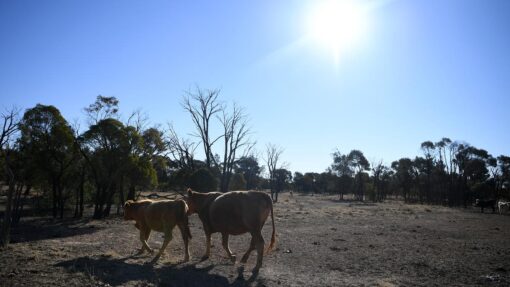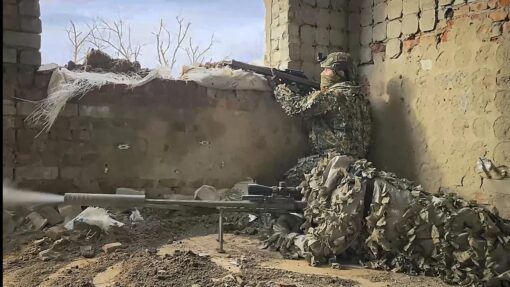Hydrogen or bust: green iron projects struggle with gas
Jennifer Dudley-Nicholson |

Australia should avoid sinking its $1 billion green iron investments into projects based on gas and should instead prioritise ventures with clear renewable energy plans to avoid failure.
The Institute for Energy Economics and Financial Analysis issued the warning in a briefing note on Friday after evaluating green iron and steel projects in the US and Europe.
The study also issued eight recommendations for the Australian government and investors based on overseas examples, which it said could help to establish and cement a clean export industry.

The recommendations come after applications opened for the federal government’s Green Iron Investment Fund, and after a study showed the industry could generate up to $386 billion a year by 2060 if helped to flourish.
The briefing note, called How to Spend a Billion Dollars, analysed a series of green iron and steel projects in the US, Germany, Sweden and France.
Green iron is produced using renewable energy resources rather than coal or gas, and has the potential to cut 90 per cent of emissions from the steelmaking process.
The institute’s research found green iron projects that used gas before moving to a renewable energy source were less likely to be successful and often failed to command the 20 to 30 per cent price premium expected for green iron.
Some investments made solely in iron and steel companies were also challenged, report author and global steel energy finance analyst Lachlan Wright said, as they had not secured a reliable renewable energy supply.
“Projects often failed where grants were targeted only at the iron or steel producer,” he said.
“Green hydrogen (direct reduction) projects require significant investment in iron-making, electrolysers and renewable energy (and) therefore integrated projects which controlled progress across all elements were more successful.”

Two US projects based in Ohio and Mississippi analysed in the report failed to secure a hydrogen supply due to a lack of investment and the collapse of a provider respectively.
A Swedish green iron project run by Stegra has proven more successful, the report found, as it included onsite renewable hydrogen generation and had secured long-term off-take deals for cars and consumer goods.
The analysis showed investors should pay greater attention to renewable energy supplies when assessing projects, Mr Wright said, to command the highest prices and best prospect of success.
“Grants alone were not sufficient to offset rising gas and electricity prices,” he said.
“In Australia, this can be avoided by directing grants to projects that can demonstrate binding, long-term supplies of low-cost energy.”
Other recommendations included ensuring grants to iron and renewable energy producers were linked, and not assuming electrolyser technology would fall in price.
The federal government launched its $1 billion Green Iron Investment Fund in March, with half set aside to transform the Whyalla Steelworks in South Australia and half to support early green iron projects.
Research from The Superpower Institute found Australia could make four times the revenue from its iron ore exports by 2060 if it switched to green iron.
AAP


